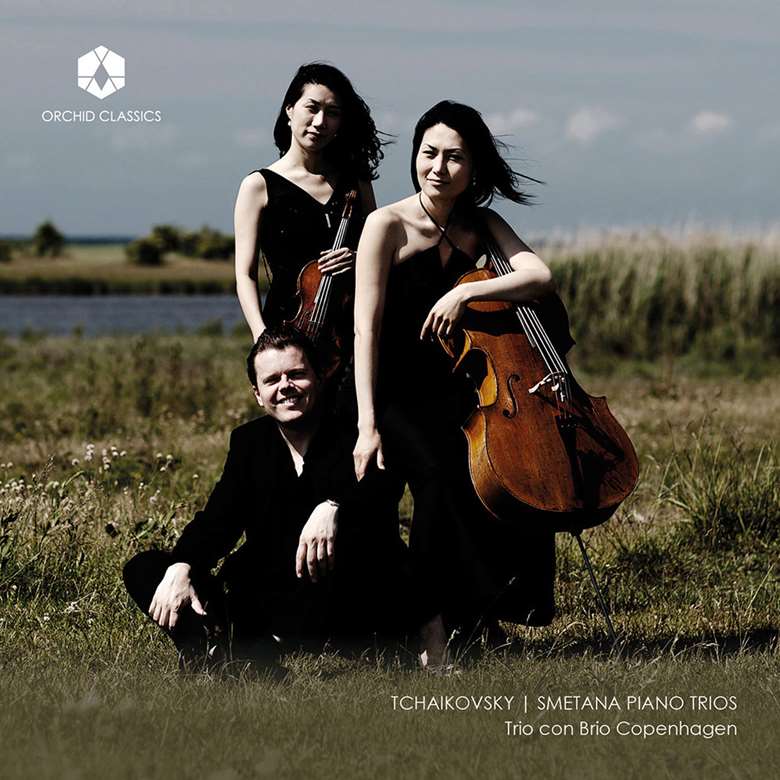Inside Tchaikovsky's Piano Trio
Jeremy Nicholas
Thursday, May 5, 2016
Jeremy Nicholas talks to Trio Con Brio Copenhagen about one of the finest of all piano trios

Register now to continue reading
Thanks for exploring the Gramophone website. Sign up for a free account today to enjoy the following benefits:
- Free access to 3 subscriber-only articles per month
- Unlimited access to our news, podcasts and awards pages
- Free weekly email newsletter








